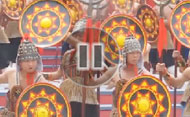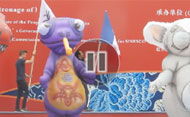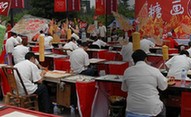Sichuan Opera - Face changing
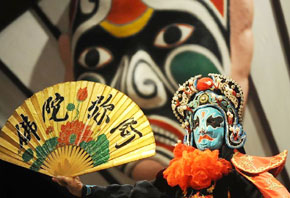 |
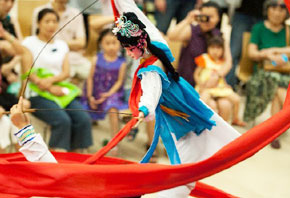 |
| A taste of Sichuan opera | Lingnan puppet show held in Guangzhou |
More related: Sichuan Opera
Face changing is a stunt of performance in opera arts and is a romantic technique to reveal the innermost feelings of characters in the play. According to the legend, the ancients painted different patterns on their faces to scare away fierce beasts for survival, thus the "face changing art". Sichuan Opera uses "face changing technique" on the stage and transforms it into a special art with stunning skills.
"Face changing technique" was firstly used for characters like gods and spirits as early as in the Ming Dynasty. "Changing into blue face" was already recorded in Erlang of Guankou Killed the Scaly Dragon, a compound opera of Ming Dynasty. At that time, the actor entered into the backstage to change the face. Later on, it evolved to that the actor changed his face on the stage. It became a stunt. Not a few local operas have it, but it is most famous in Sichuan Opera. Face changing art could be divided to "major" and "minor". In the major "face changing", the entire face was changed by three, five or even nine types. In the minor "face changing", only part of the face was changed.
The technique of "face changing" is roughly divided into three types: "smearing", "blowing" and "pulling". There is another way of "Qi-manipulation". When Peng Sihong, a deceased famous actor in Sichuan Opera, played the part of Zhuge Liang in Empty Fort Strategy, he could manipulate "Qi" to change his face from red to white and from white to blue when the servant reported that Sima Yi had withdrawn his army, signaling the fear of Zhuge Liang after releasing the burden.

